Alan B said:
Regarding the NordLock washers, I'm surprised that (with years of mechanical experience) you have no experience with these. Have you never used or encountered the product?
...
I do recall finding hardness estimates for the washers.
I've never used them, though I seem to recall that something similar was mooted for use on the military version of the Bedford TM truck; but (as I recall) they were rejected (by the UK Army) in favour of bog standard castellated nuts and split pins.
I found some hardness information on them and it would probably require the 254 SMO variant to be used.
Alan B said:
We have seen cases here on ES where a hubmotor was performing fine, and then the nuts came loose, the axle spun, ...
Doesn't that mean the dropouts had to spread or be chewed away almost instantaneously?
Alan B said:
Things were fine until the nuts came loose. Keeping the nuts from coming loose is important. Standard locking washers don't achieve this for some reason. Even without regen. Torque arms with holes tend to capture the axle and reduce the problem
I don't see many signs of people -- with legal or relatively low-power (ie. <2k) hub motors -- using much by way of extra precautions beyond correctly torquing the axle nuts. None of the commercially available e-bikes even seem to bother with anything more than tabbed washers.
Beyond a couple of instances of Al dropouts letting go, I haven't seen much in the way of horror stories here either; but I haven't been around here as long as you.
Alan B said:
but a "C" shaped unit will release the axle immediately.
I'd like to challenge that that is necessarily so, but I don't (yet) have any evidence to offer.
Alan B said:
Many dropouts have lawyer lips. This may need to be compensated for in the torque arm design. Merely clamping against a flat surface can cause the dropouts to crack and fail.
The design I posted is such that the jaws are the same diameter as the axle nut flange -- based on those supplied with my motor -- so if the flanged nut fits inside any lawyer lips (my bike doesn't have them), so would the jaws. The arm obviously wouldn't as show in my drawings, but it would be possible to move it so that it came out the bottom via the dropout opening. It would mean a circuitous route back to the dropout plate to site the retaining screw but would be doable.
Though for my own bike I'd simple file the lawyer lips away; just as I deepened the dropout. The design was, and is, mostly targeted at my requirements.
Alan B said:
The relationship between the dropout and the torque arm mounting hole is extremely variable on ebikes. This makes a standardized part not really practical. Measuring the relationship between an available hole and the dropout slots precisely enough for manufacture difficult. A group buy would require doing this many times over, and many different cutting patterns. Generally torque arms use struts to adjust their angle, and torque plates are drilled while fitting to the bike frame to adjust for these issues. So they can be mass produced and still fit a range of bike frames. This design seems to miss these details.
Again, the design as posted is targeted very much at my own bike:
![BSDOplate[left].jpg BSDOplate[left].jpg](https://endless-sphere.com/sphere/data/attachments/125/125607-e818b45daeb36eb27d20059d055832cf.jpg)
And my intention is to drill&tap a new hole specifically for the TA. I looked at trying to re-use the disk brake mounting bolt/hole, but there is no equivalent on the other side -- hole or the material it is drilled in -- so it would mean having different shapes side to side.
As is, there is no actual requirement for that, though is does mean the wings would face inward on one side.
Alan B said:
I have some concerns about the force multiplying effect of the slots. We've seen beefy chrome moly steel dropouts fail when the axle was not fully seated into the dropout, it doesn't take much increase in leverage to defeat the steel, especially with 12mm axles. 12mm axles do fit the dropouts better since the axle is not as far displaced from center, but as we know the forces are a lot greater due to the reduced flats. Is this steel that much stronger?
I don't know how to make this clearer -- it isn't about strength -- but I'll have one last try.
The TAs are a supplement to, not a replacement of, the existing dropouts. Their purpose -- as I envisage it -- is to prevent the corners of the axle flats from exerting impactful shear loading on the dropouts.
Given that frame and axle are produced in isolation of each other, there will inevitably be a loose fit between them, with the dropout tending to be oversized and the axle flats undersized, just so that each will fit in the event that the other is "dead-on balls accurate" 10mm.
That 'slop', which might vary from say, 0.1mm to 0.5mm or more, so that the transitions of torque from positive to negative and back again, means that the corners of the axle flats have a (small) distance through which to accelerate before being arrested by the dropout. And it is that acceleration that is the nemesis of dropouts.
Try a little experiment: Take a steel rule (or similar piece of metal), place the edge on a piece of softwood and press it. See how big an indent you can leave. Then lift it off a short way -- a couple of millimeters -- and stab the corner of the rule into the wood. Now imagine performing the same experiment using a torque motor to supply the force.
If there is a 0.5mm overall gap -- that's just -0.005" on each side of the axle and +0.005" on the dropouts -- and a 12mm axle will have 9.204° of rotation in which to accelerate when the torque transitions from negative to positive, or vice versa.
Now the angular acceleration
can be related to the torque that drives it, and given the rotating mass of the motor, its torque and the radius of the flat edge, it would be possible to calculate the effective force that would result; but I hope it is sufficient to say that it will be several times higher than if the same torque was applied with the faces of the dropouts tightly abutted to the flats of the axle.
The idea behind the spring-jaws is that they remove that slop, and so remove the space in which the axle can accelerate before contact.
The idea behind the open C-shape and the slots, is that they provide flex -- they are designed to allow the jaws to expand outwards -- slightly, less than a mm -- providing a resilient but flexible buffer to de-accelerate (actually, prevent it from accelerating) the axle, absorbing (some of) the initial torque, before the edges of the axle flats come into contact with the dropouts.
If I've done my homework, they never will make contact with the dropouts; but even if they do, they will have -- through their inherent spring rate, plus inter-layer friction, plus the friction between the front and back layers and the frame and the flange face of the nut -- so reduced the force with which they make contact, that any danger of the dropout failing -- either instantaneously or through fatigue -- is enormously diminished.
By using a material that is designed to flex, and constraining it so that it requires considerable energy to make it do so, it seeks to provide a shock force absorbing buffer, rather than an immovable object. The key is toughness and resilience over strength or hardness.
The ideal way to test the efficacy of the design would be to apply a
thin-film piezo-electric impact sensor to the inner faces of the dropouts and measure the forces it experiences with and without the TA in place. Had I the resources, I would do that. I don't.
Alan B said:
This design could make changing tires easier, though taking one screw out (for conventional designs) is not all that big a deal. The torque arm stays with the motor. None of my motors have Higo connectors on the axle wires so the pins can be ejected and threaded through the torque arm hole the one time when the arm is added to the axle. So this is mostly solving a non problem. I like Higo connectors elsewhere, but they are a bit small for the motor wires which may see 3x the battery current or more.
Your non-problem is my main problem. I designed it to solve my problem; I posted it in case anyone else had the same problem as I.
Alan B said:
Looking forward to test results.
You may have to wait a while. As with all my non-essential spending, it joins the queue and if it ever makes it to the top, I'll do it. Assuming that we have no repetitions of last year's boiler and car troubles, the weeping leak in the kitchen cupboard proves to be a simple fix that doesn't necessitate ripping the built-in units out or chasing the pipe behind the plasterboard to find its source, I might get to it towards the end of the summer. With luck.

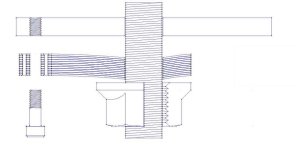
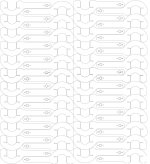





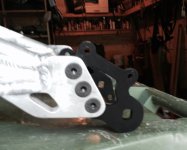
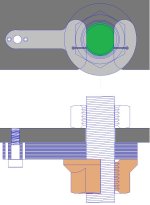


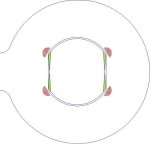

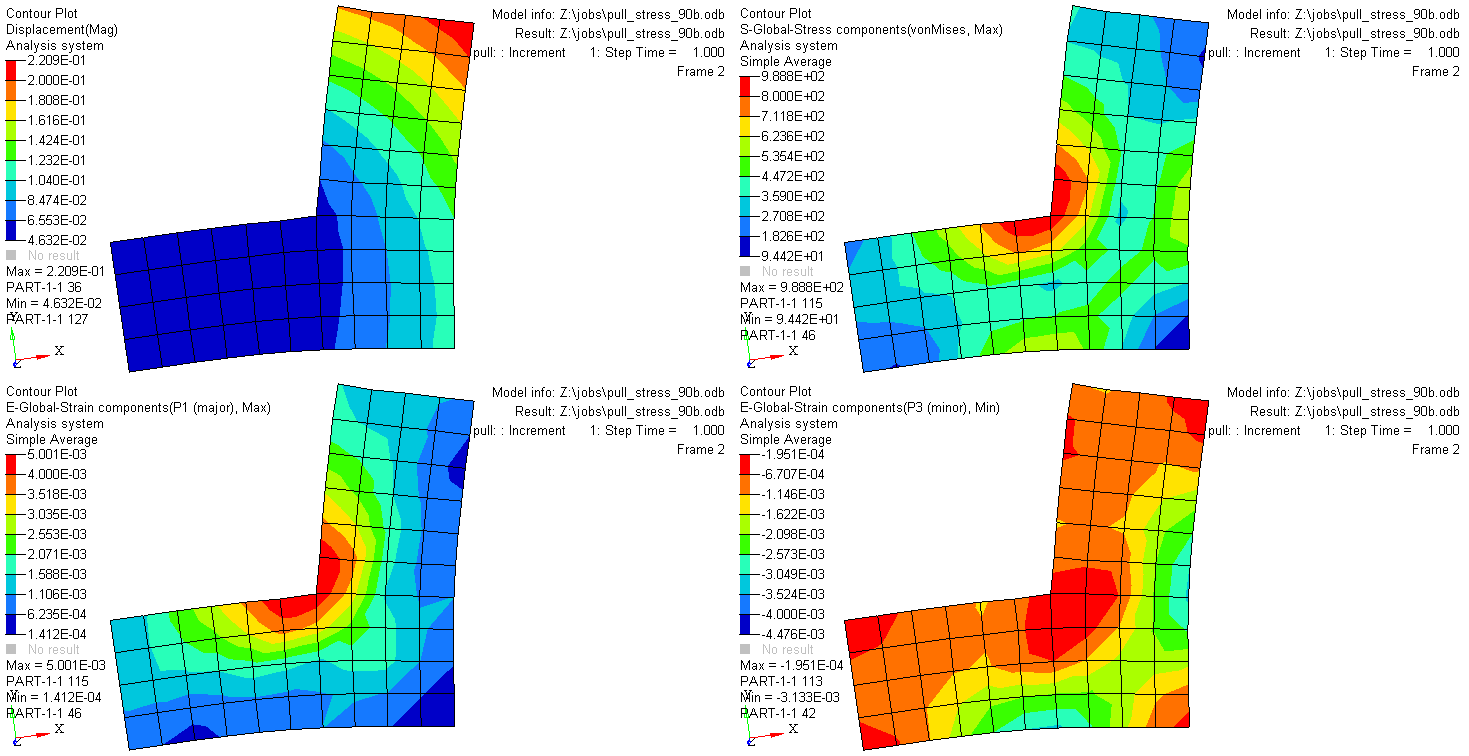
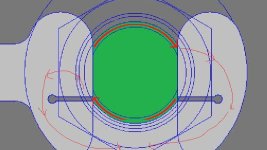
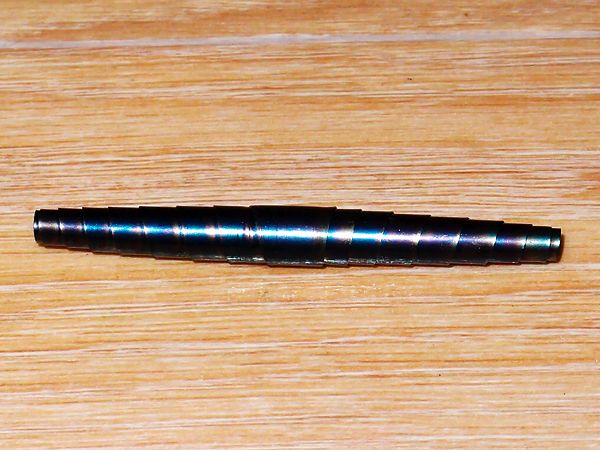

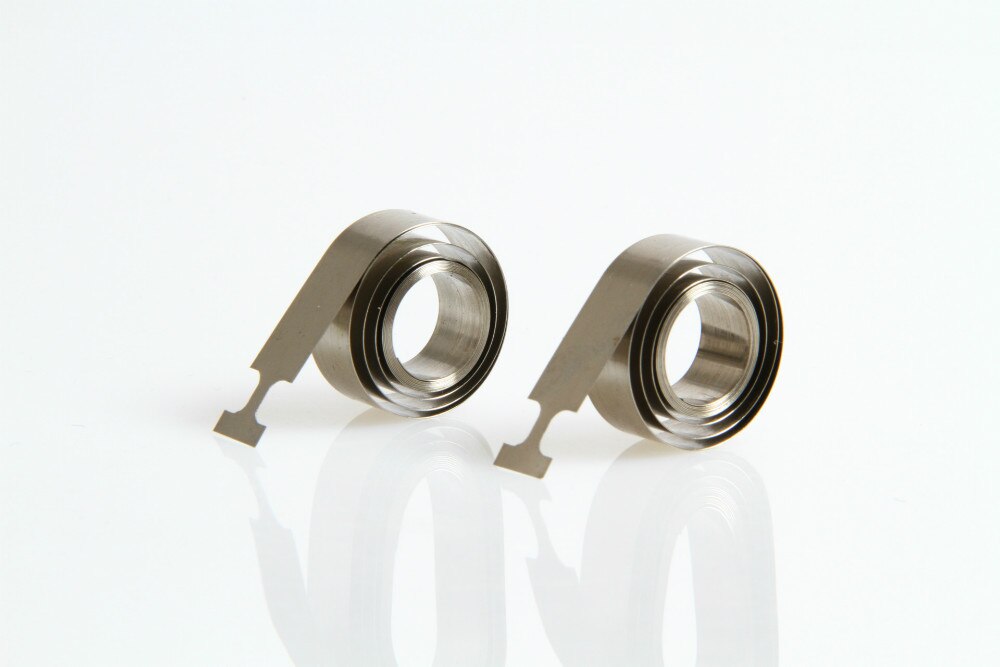


![BSDOplate[left].jpg BSDOplate[left].jpg](https://endless-sphere.com/sphere/data/attachments/125/125607-e818b45daeb36eb27d20059d055832cf.jpg)